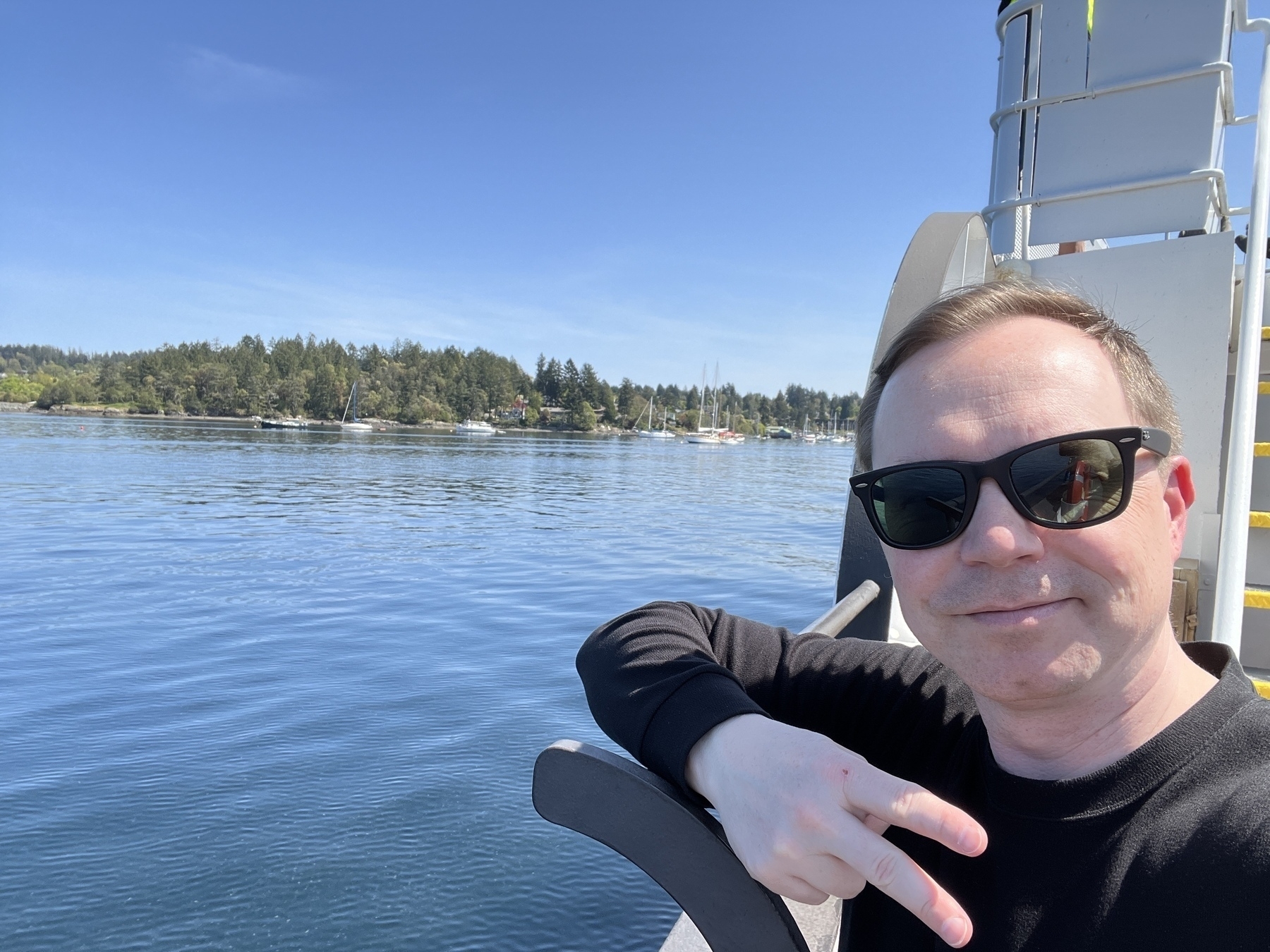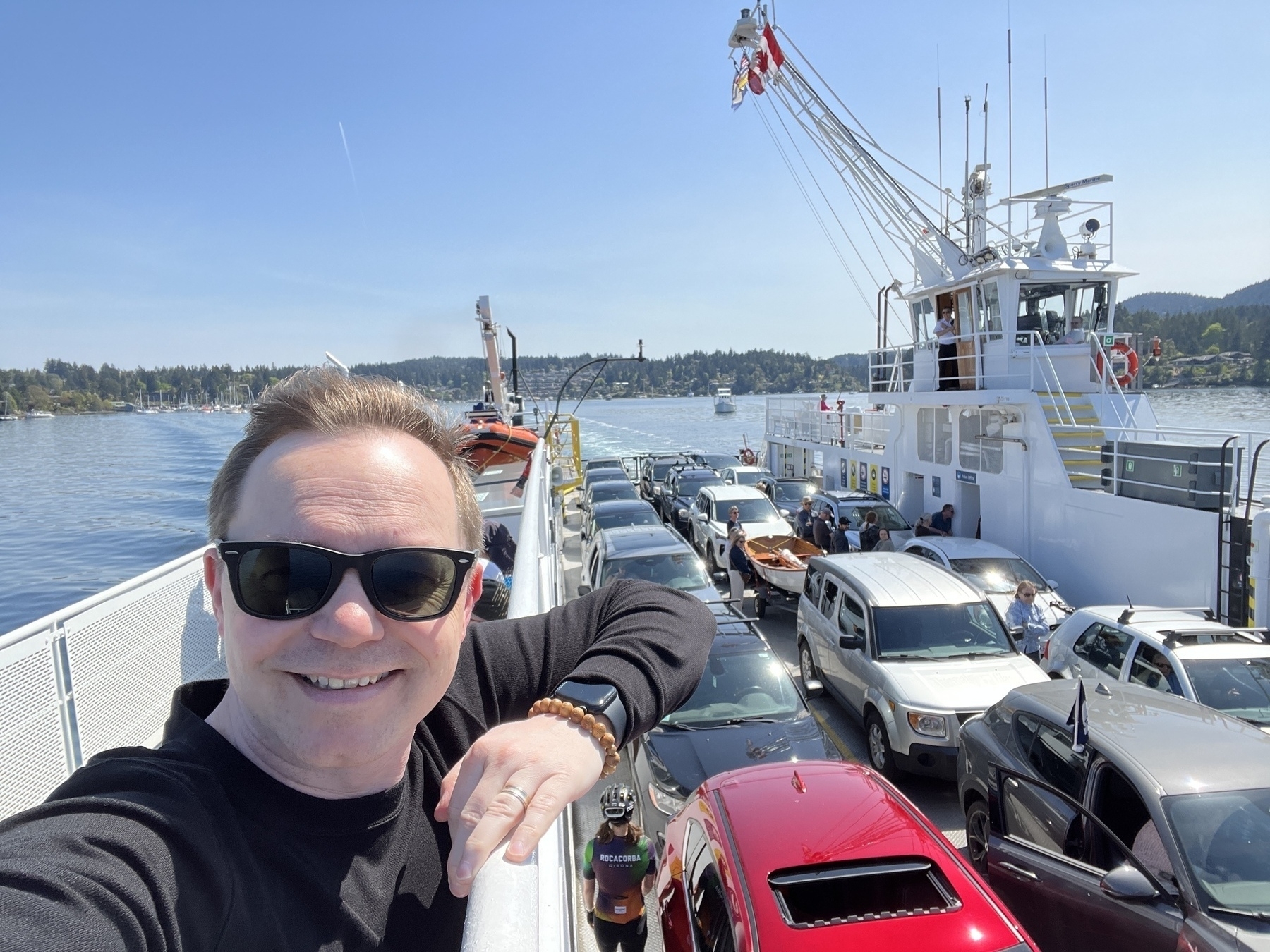
Read in 2025: The Fionavar Tapestry Trilogy by Guy Gavriel Kay 📚
Stopped at the end of The Summer Tree. Struggled. This book is dated… that is the kindest thing I can say. Not going to continue.

Read in 2025: The Fionavar Tapestry Trilogy by Guy Gavriel Kay 📚
Stopped at the end of The Summer Tree. Struggled. This book is dated… that is the kindest thing I can say. Not going to continue.
Downtown Kelowna at the marina. Happy Mother’s Day!
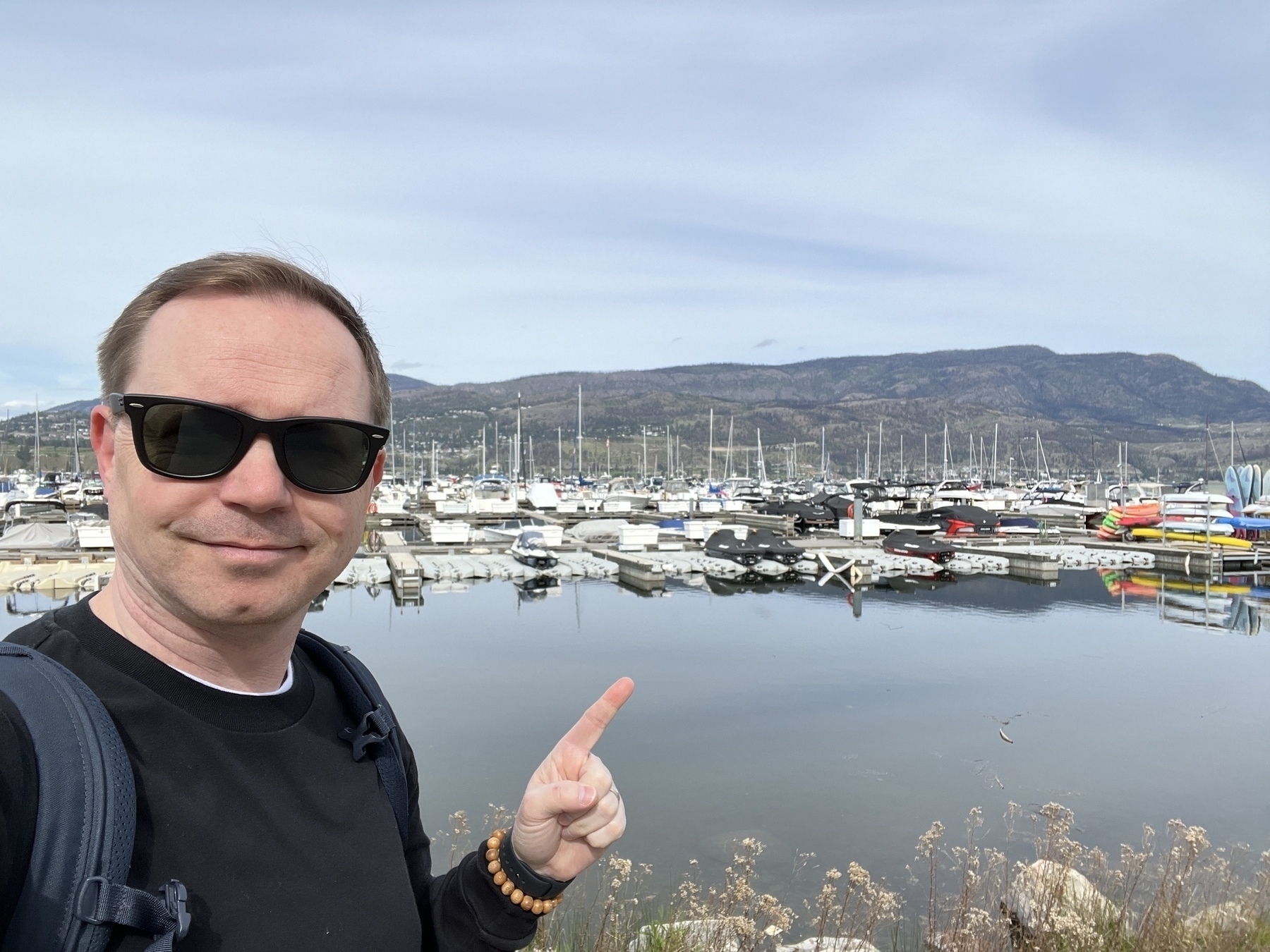

Started What’s Left by Malcolm Harris 📚
Timeline of web features: Baseline timeline

Started listening to Parable of the Sower by Octavia E. Butler 📚
Been having these weird recurring dreams of being photographed in train stations in the Netherlands 🤷♂️ I’ve never even been to the Netherlands 🤔 What could this mean? 😳
The latest Neverpo.st roundtable asks: “Is the internet driving you to the brink?” Mike points out that a first Trump admin, followed by Covid, and then another Trump admin, has turned many people’s online brains into mush. How do you keep up or stay informed, without driving yourself insane? A dozen years ago I tackled this problem, taking an information fast and reading The Information Diet by Clay Johnson. Things have gotten away from me over the past few years, but recently I have been leaning more into RSS and trying to read more blogs.
Lovely Saturday. Bought some handmade chili crunch and chocolate at the Nikkei Centre market, took a bunch of photos with family at our local wisteria trellis, and watched 2 eps of Andor.
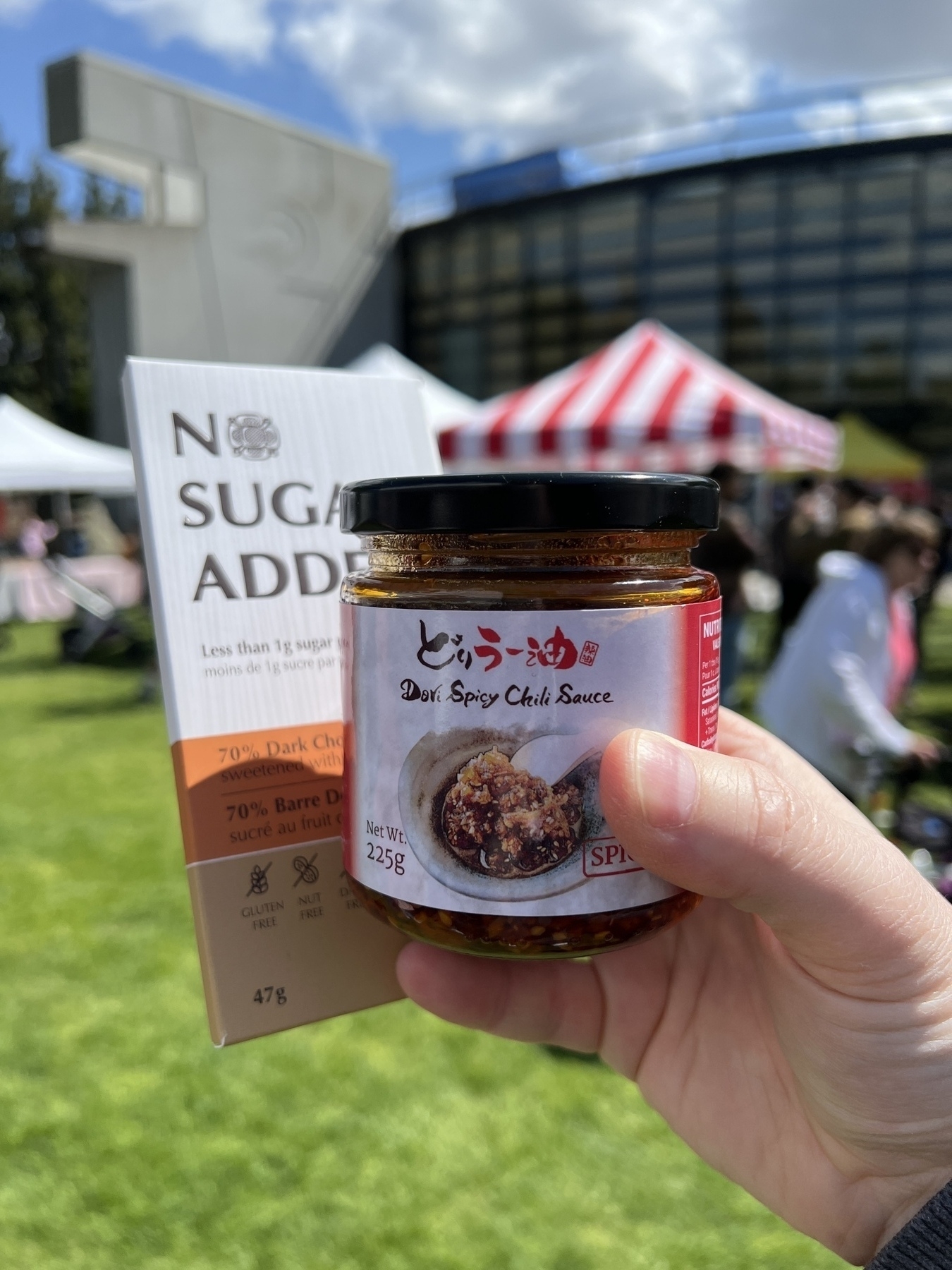
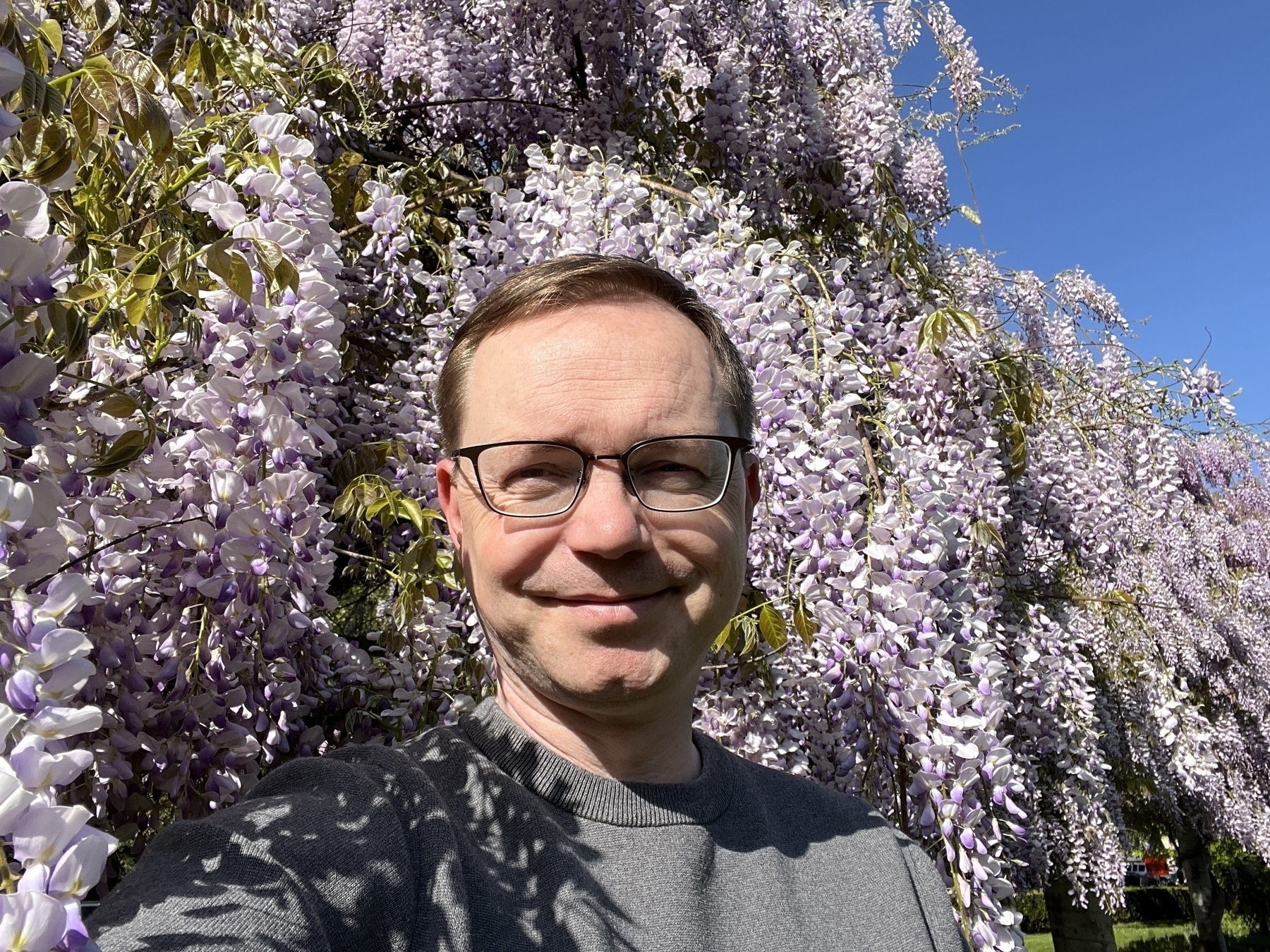
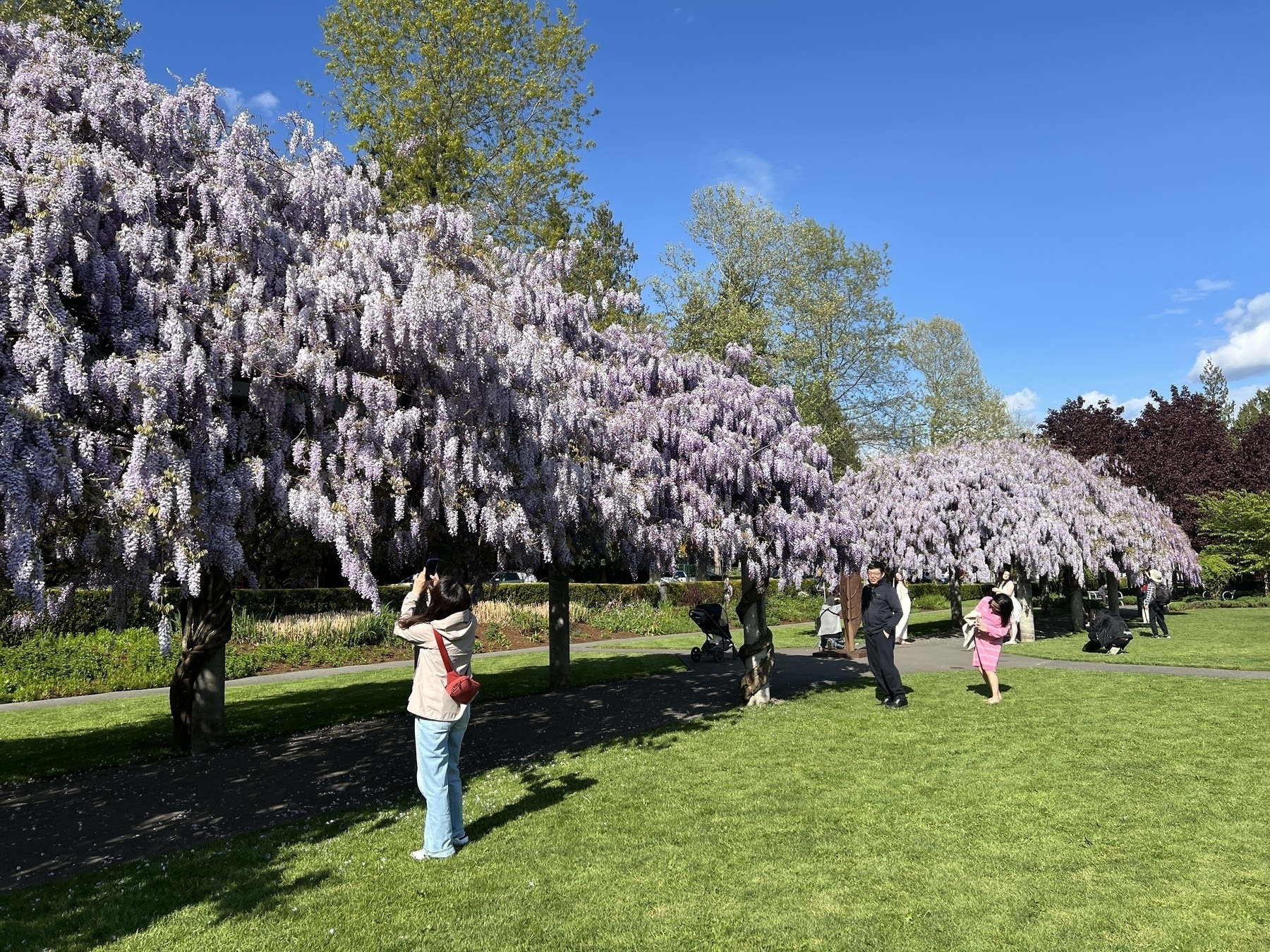
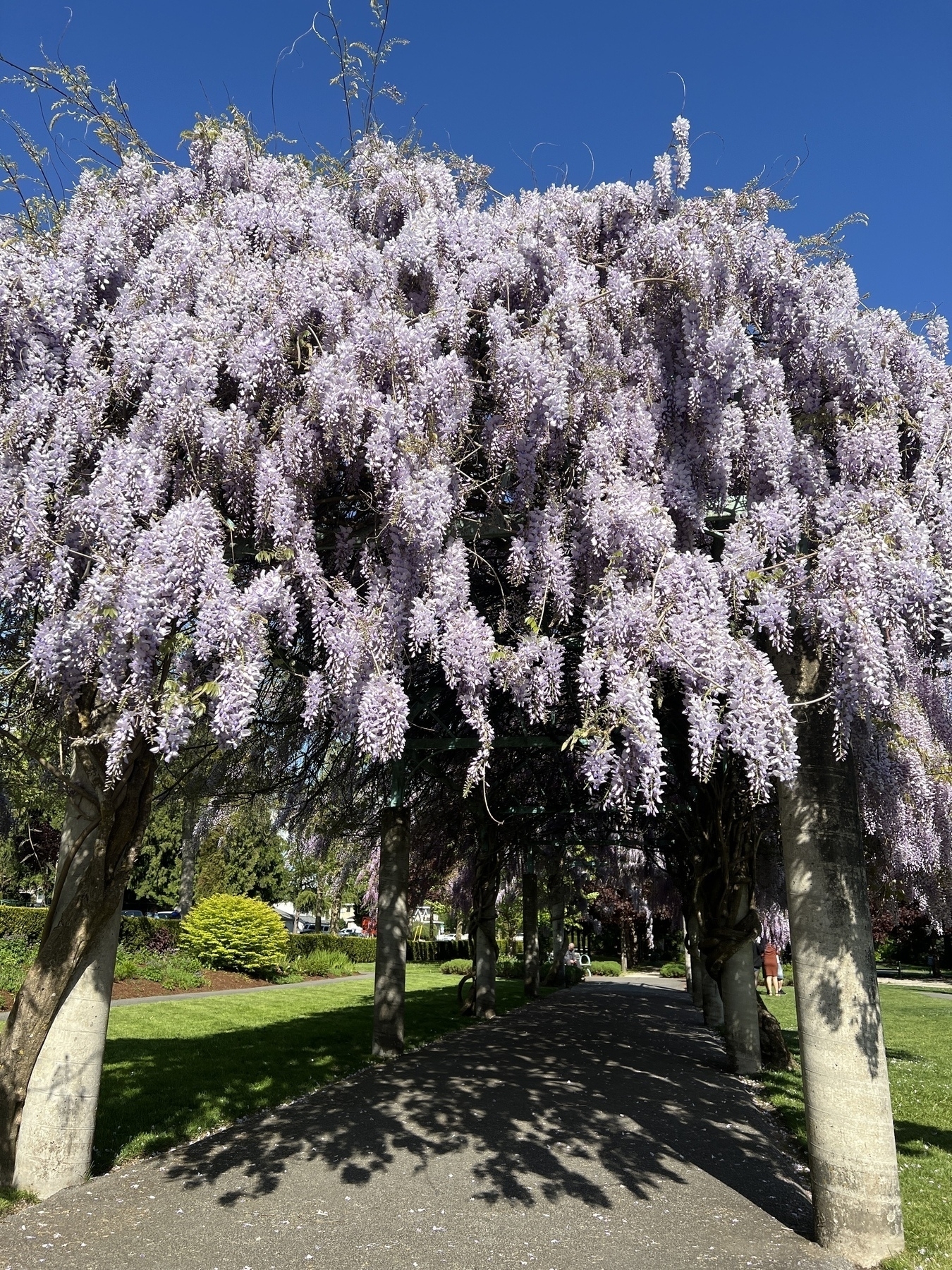
One of my all time fav photos came up in my Memories today: the eaves of Bukko-ji, our neighbourhood temple in Kyoto, against a clear blue sky. Shot on this day 2 years ago.
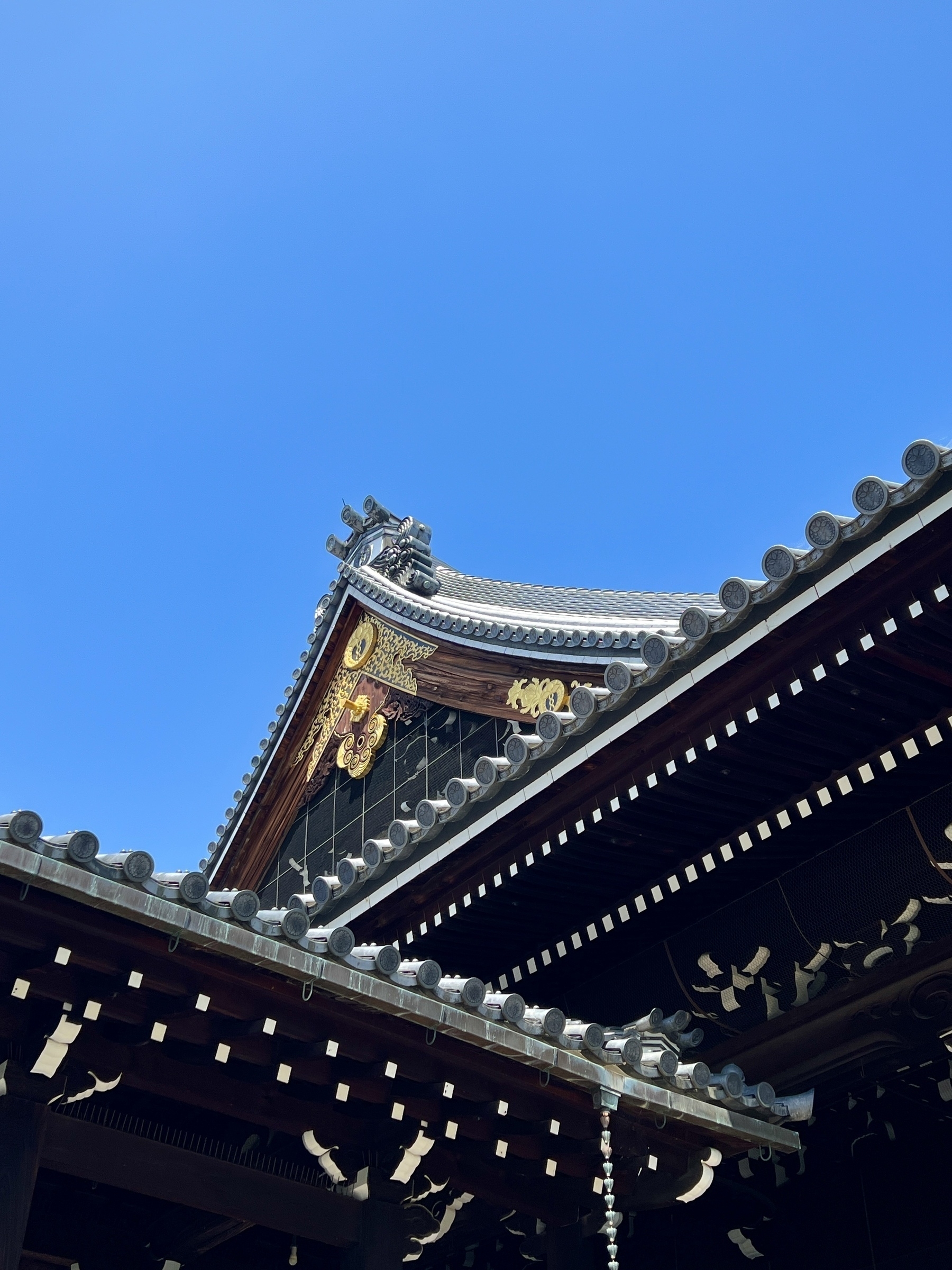
Opera time! #vancouveropera
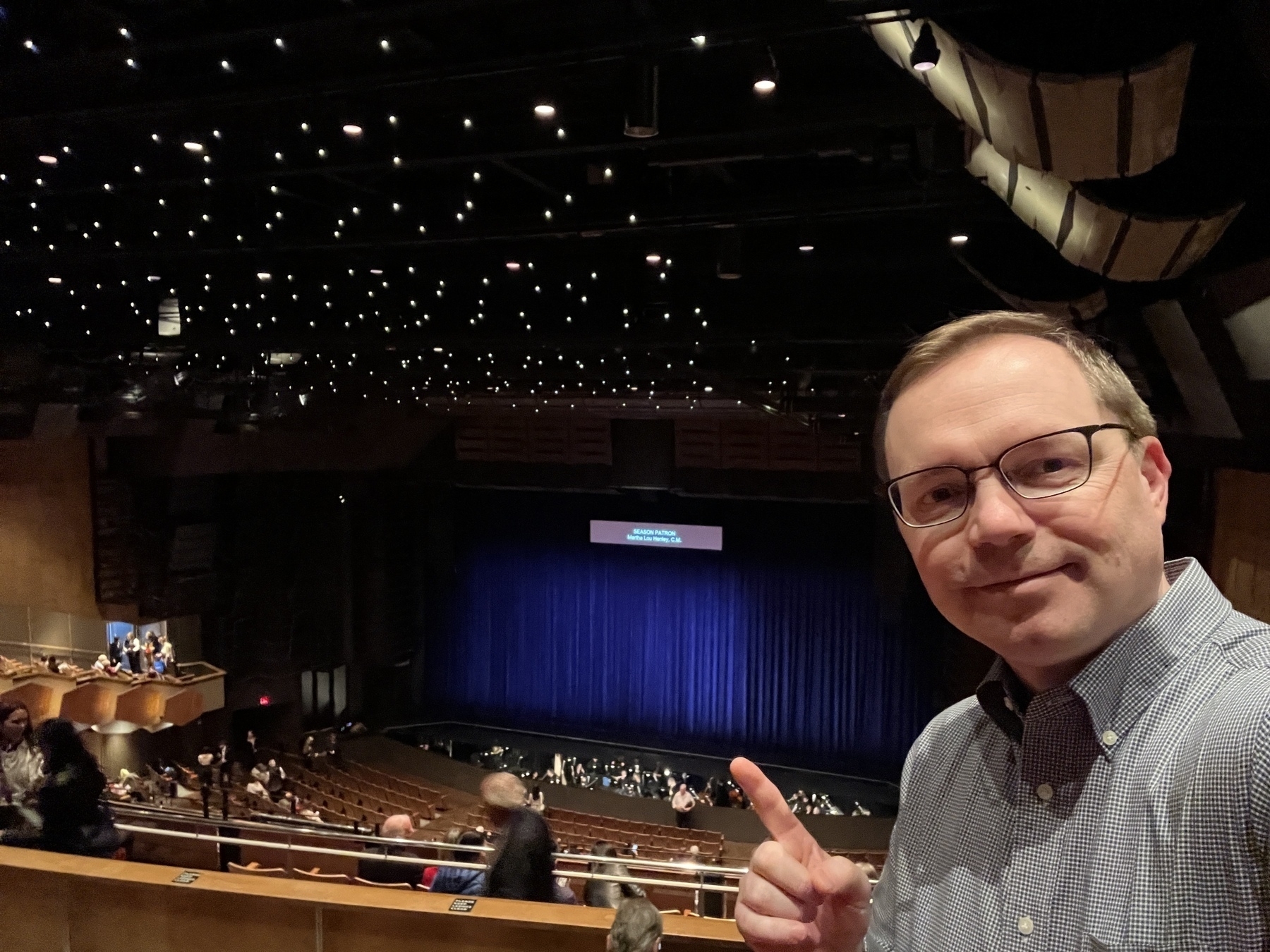
Excellent ep of @techwontsave.us I’ve known Son from way back, but did not know about the Sheldon Adelson connection. @lalehkhalili.bsky.social’s story of Trump teaching Son how to comb his hair is wild
Just a note and some links from April for you:
Wow this is pretty great! #localfirstsoftware #lofisoftware
This past weekend we were blessed with gorgeous clear blue skies as we took the ferry from Tsawwassen across the Georgia Strait to Swartz Bay on Vancouver Island. Swartz Bay? But, it says “Nanaimo” in the title? you observe. And yes, you are correct. Although there is a ferry from Tsawwassen direct to Nanaimo, we decided to land at the southern end of the island and spend the Friday afternoon driving up the east coast of the island, visiting all those tiny little towns that I have heard about but have never actually visited before.
Hit a nice meditation milestone today. 🧘
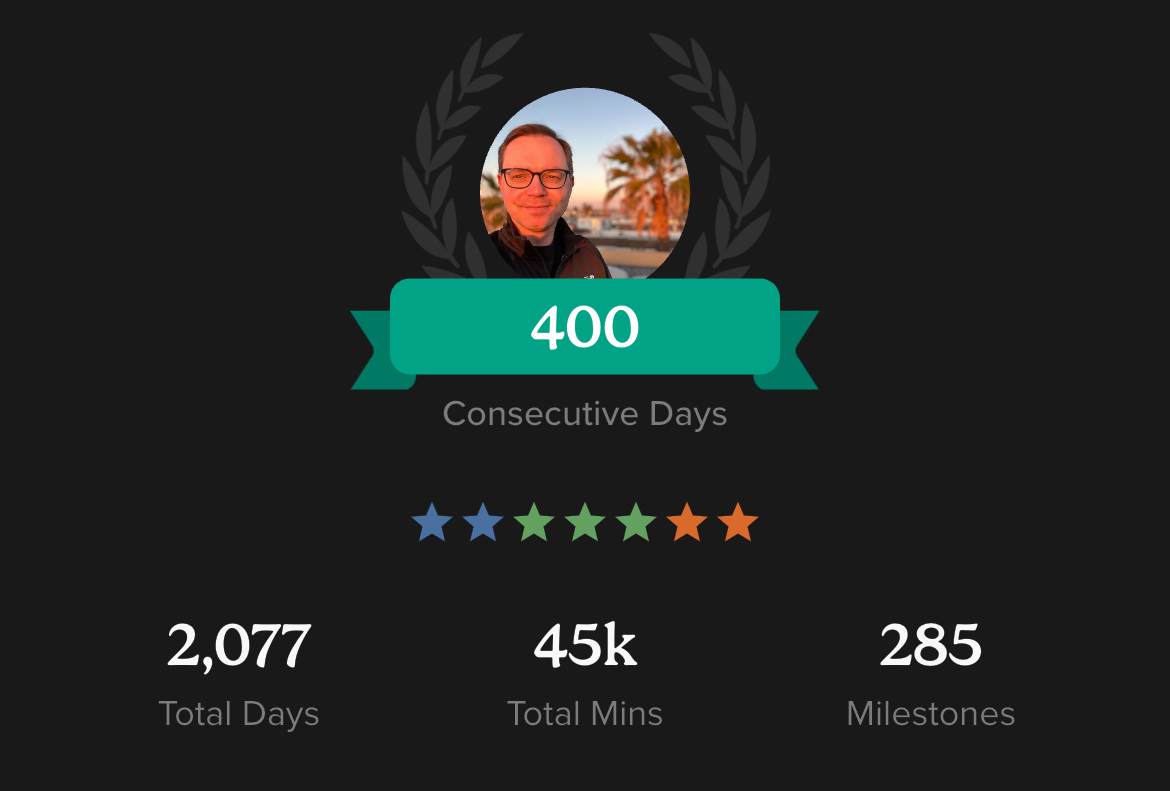
Went on a short walk in the rain 💦 and did the thing! 🙌 Also took some shots of wet flower petals and small waterfalls 🌸

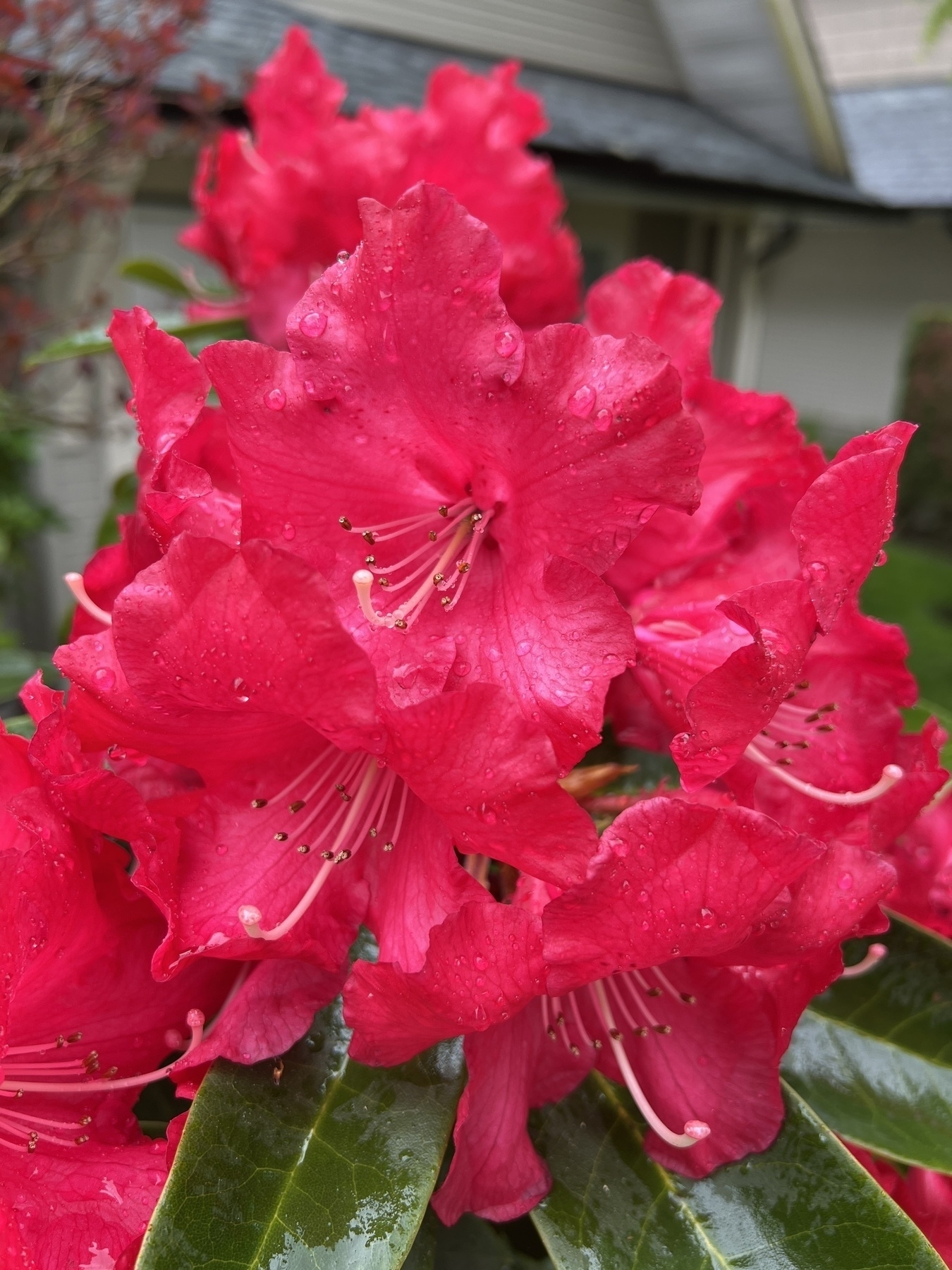
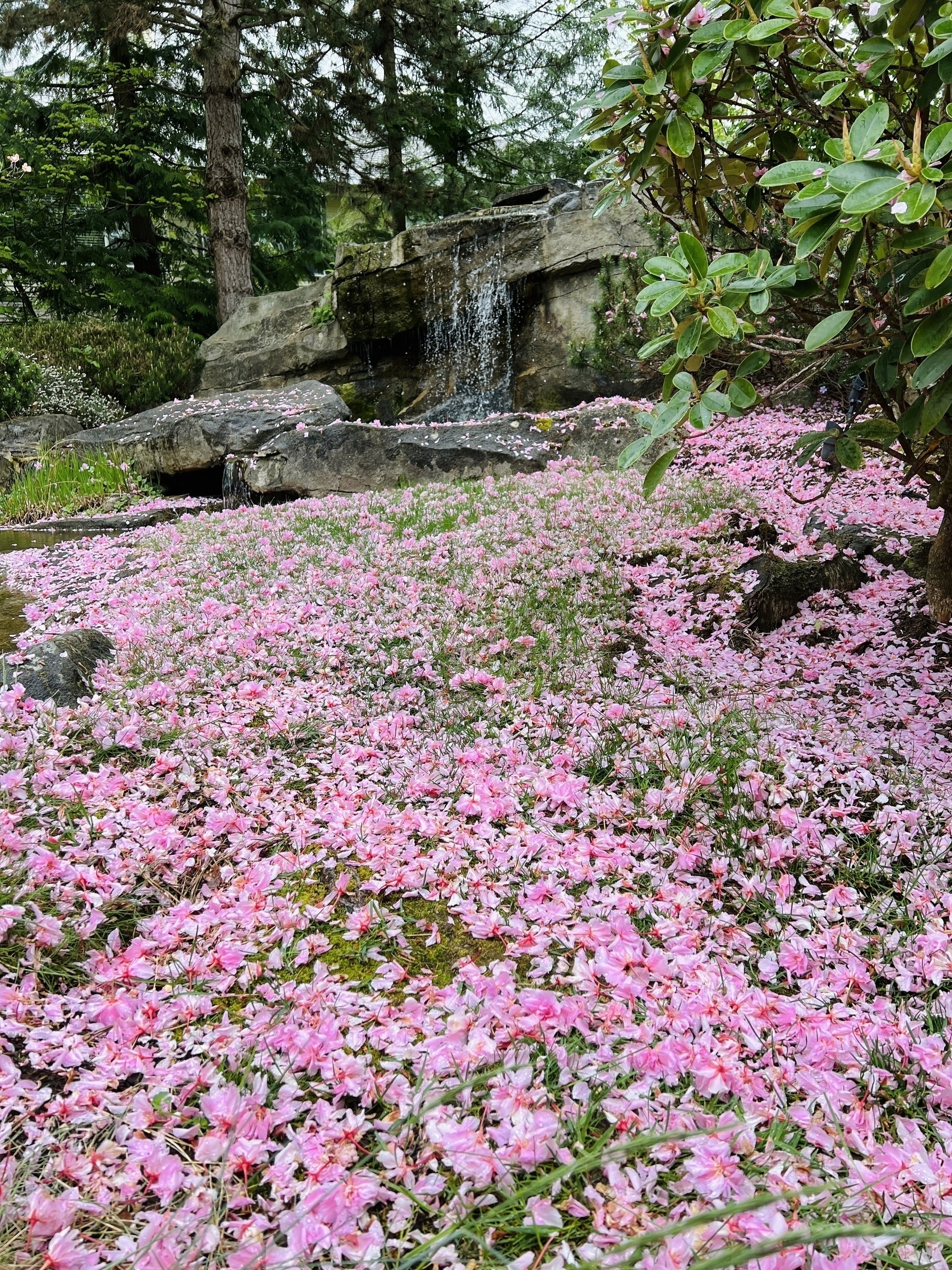
I’m on the last boat! Heading home ⛴️
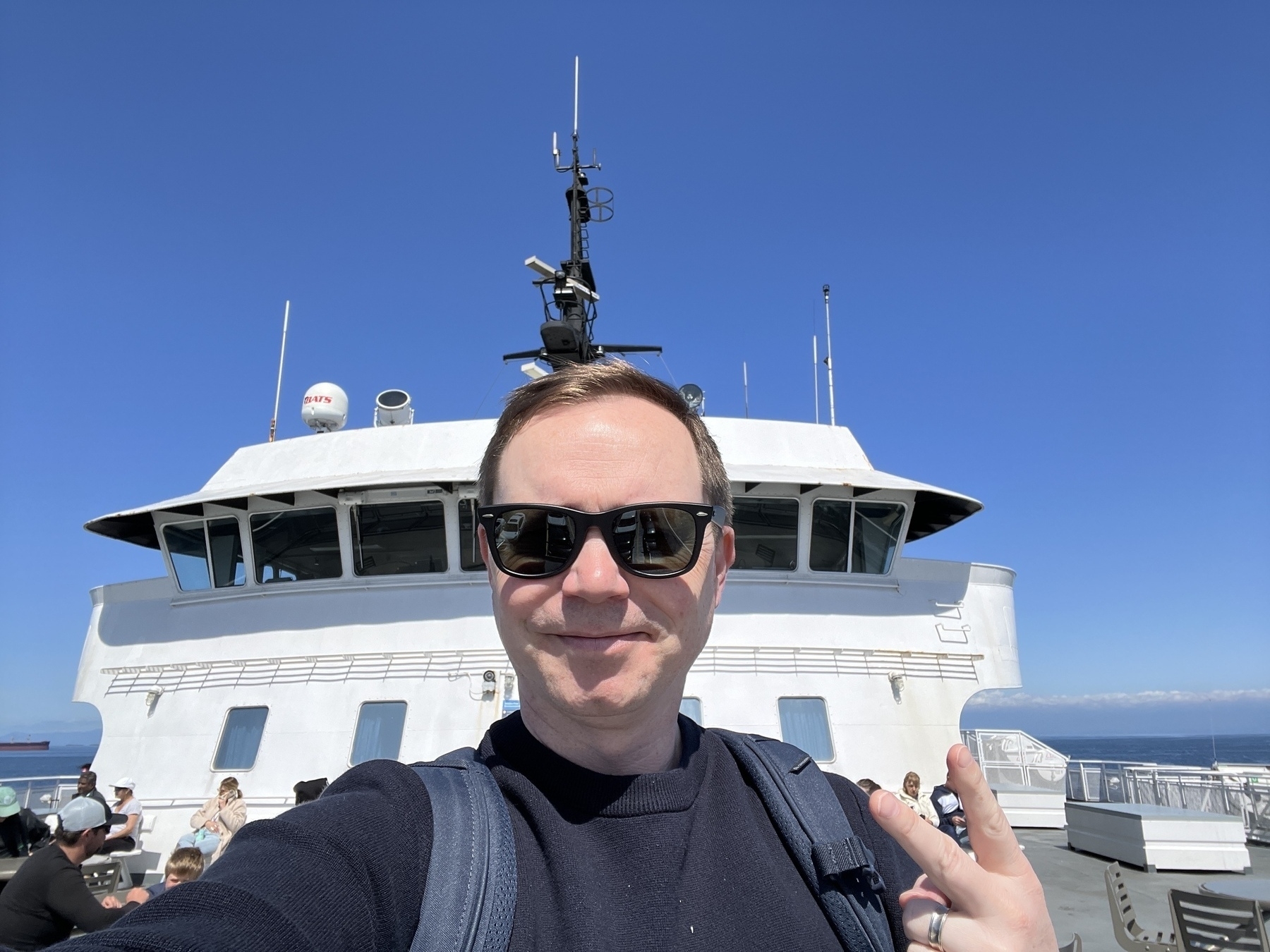
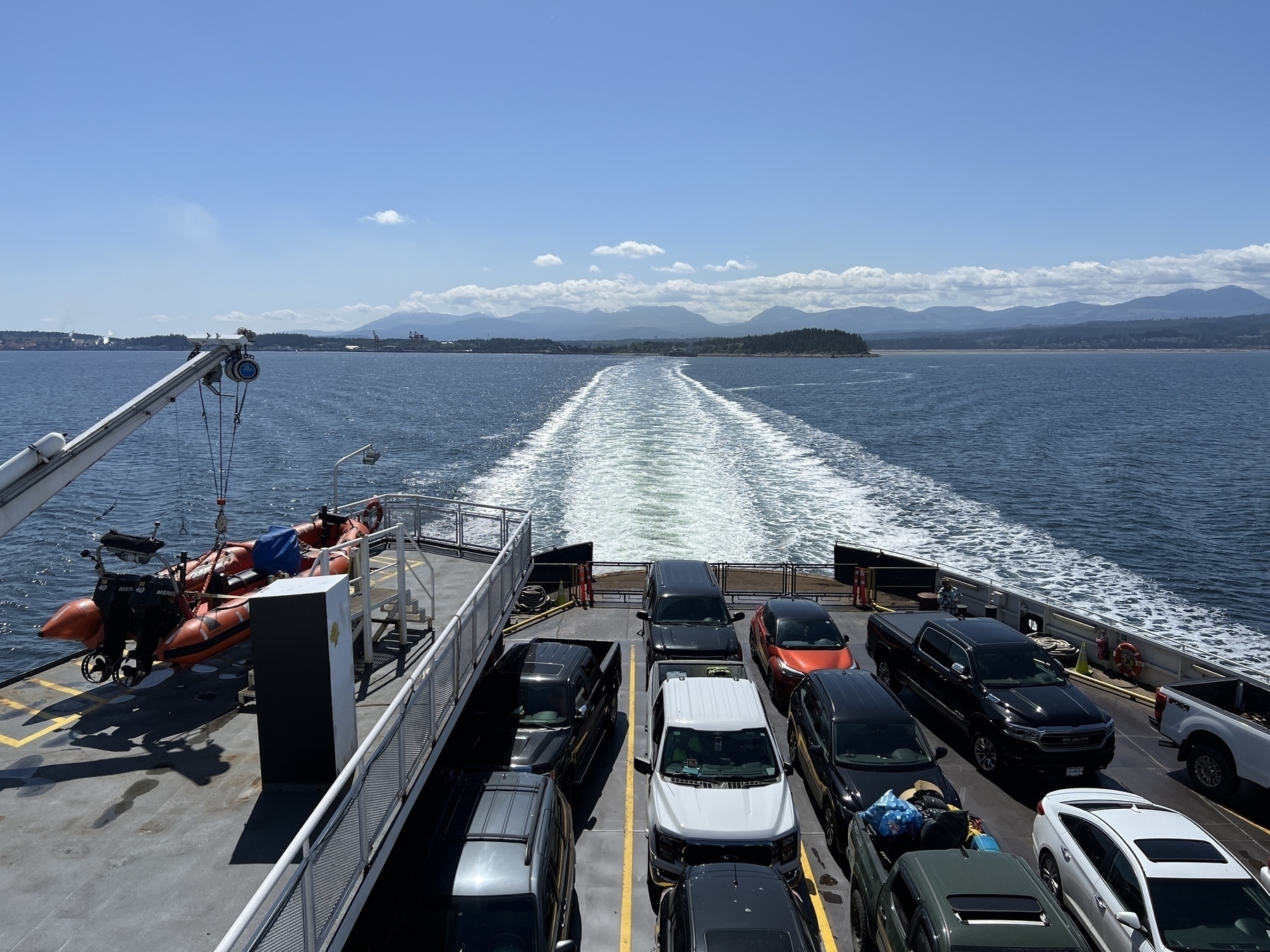
Made it!
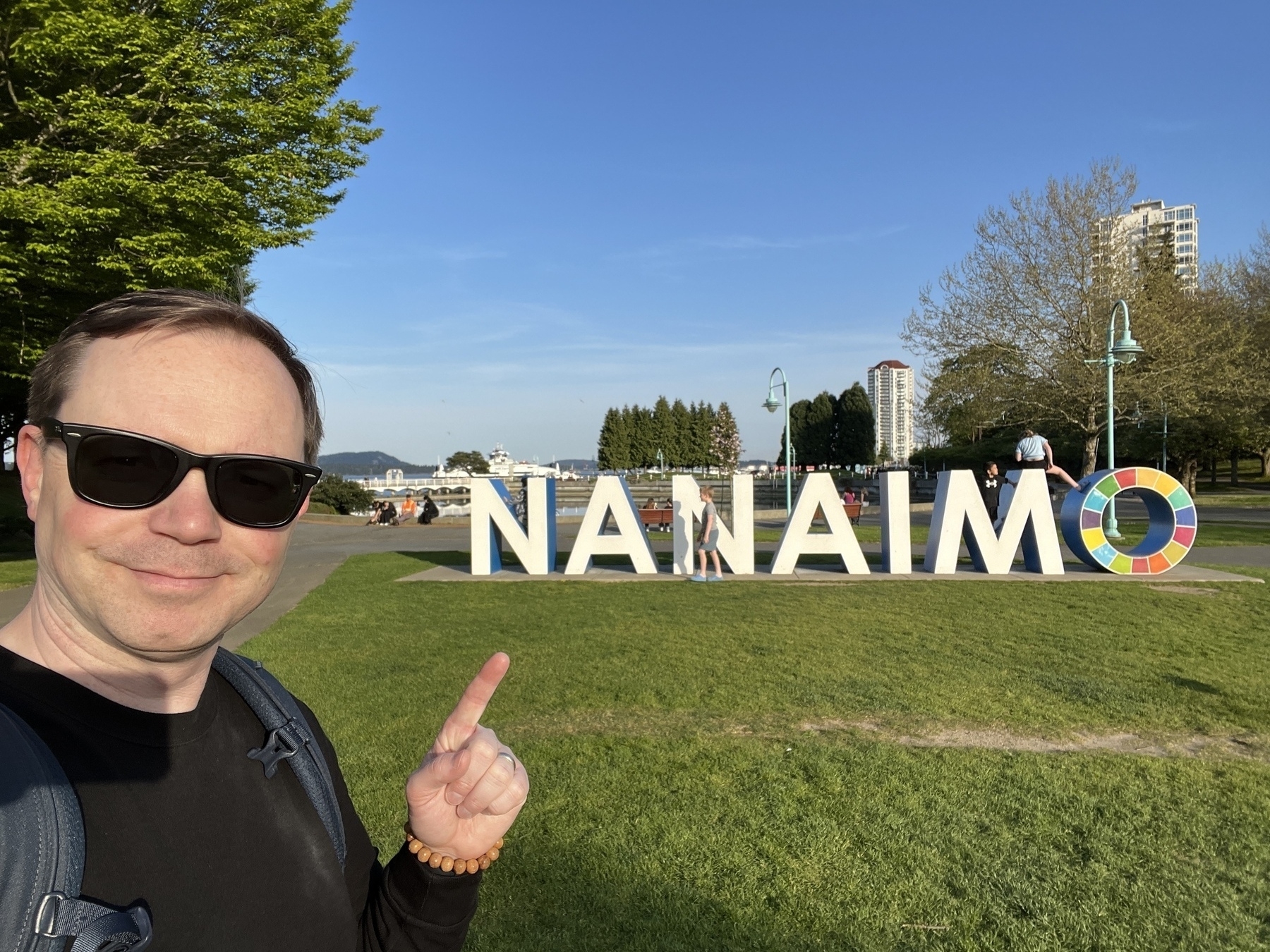
Totem pole and cherry blossoms in Duncan BC 🌸
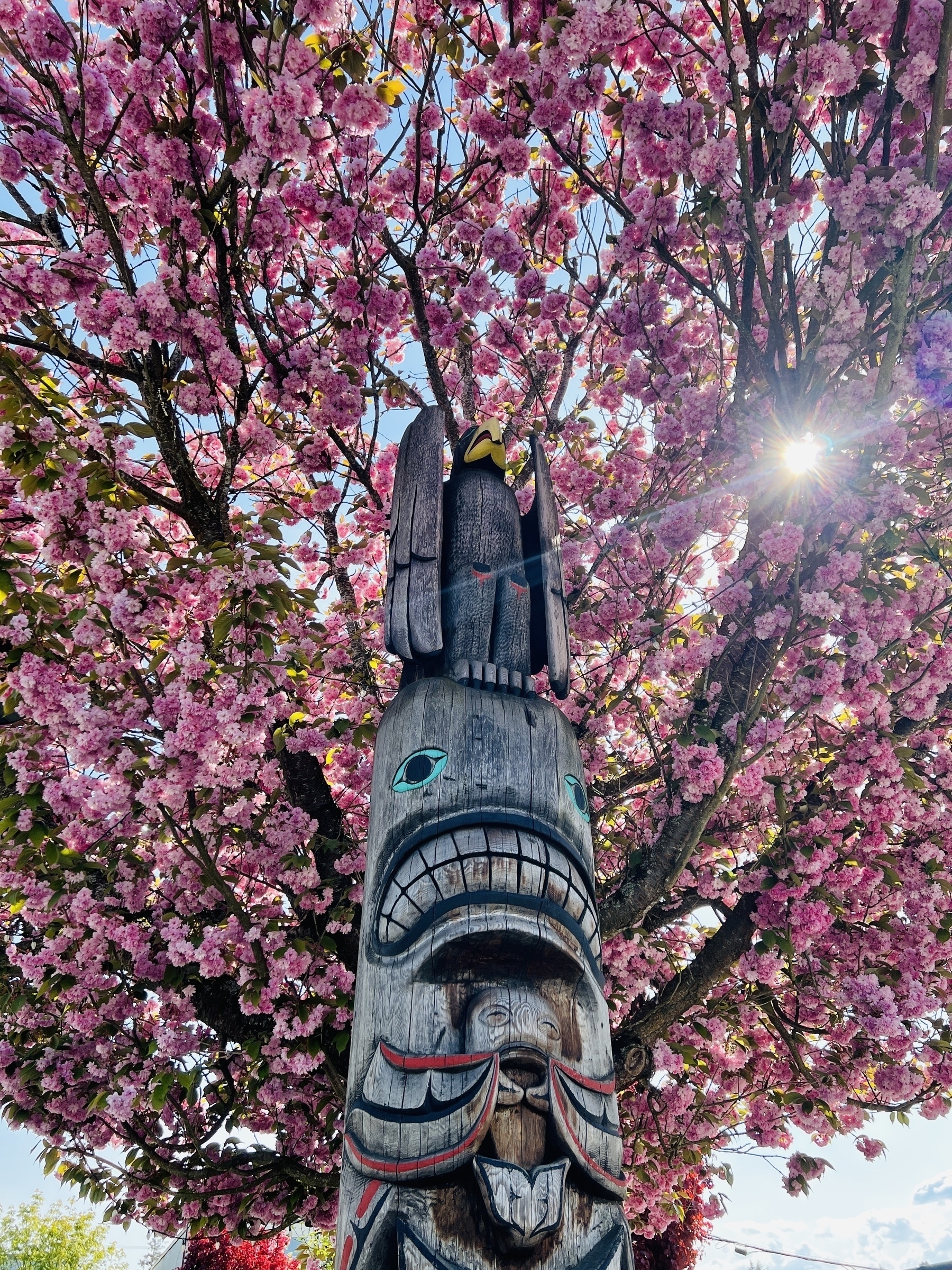
I’m on another boat! ⛴️
